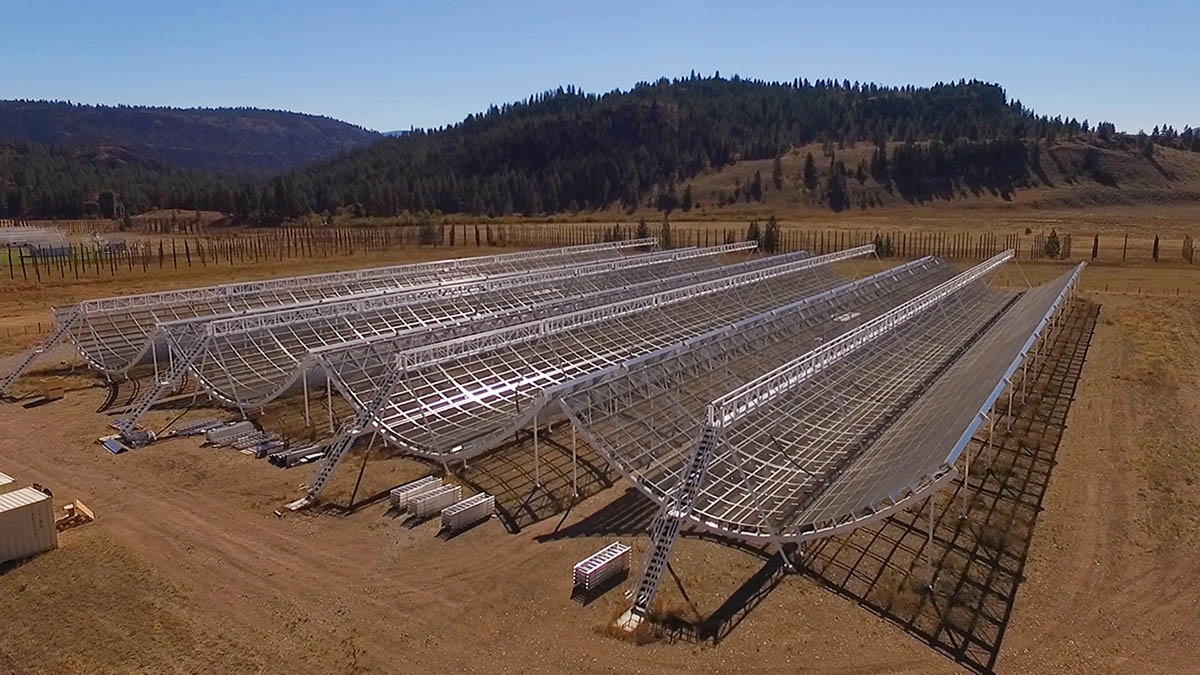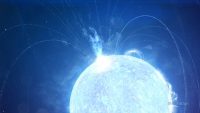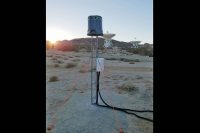This aerial view shows the Canadian Hydrogen Intensity Mapping Experiment (CHIME), a radio telescope located at Dominion Radio Astrophysical Observatory in British Columbia. (Richard Shaw/UBC/CHIME Collaboration)
Home This aerial view shows the Canadian Hydrogen Intensity Mapping Experiment (CHIME), a radio telescope located at Dominion Radio Astrophysical Observatory in British Columbia. (Richard Shaw/UBC/CHIME Collaboration) This aerial view shows the Canadian Hydrogen Intensity Mapping Experiment (CHIME), a radio telescope located at Dominion Radio Astrophysical Observatory in British Columbia. (Richard Shaw/UBC/CHIME Collaboration)




